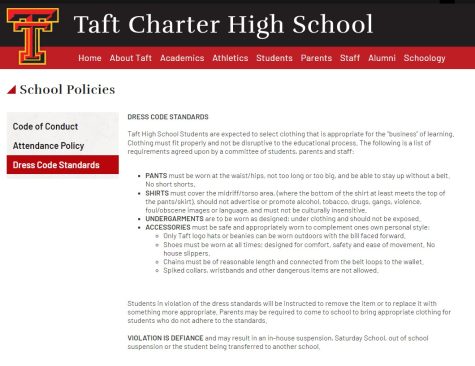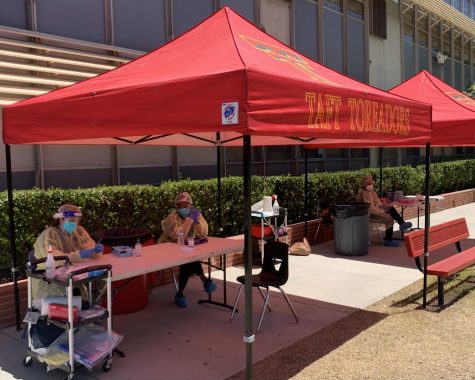Dangers of Race Car Driving
For those of you unaware, race car driving is a competitive sport. Around the country, people gather to watch these racing events. But what most people don’t know or don’t take seriously are the many life-threatening dangers involved with this sport. Big wrecks have been part of superspeedway racing for over three decades. It has always been a very lethal sport and anything can go wrong at any moment without warning. Driving race cars over the speed of 180 miles is dangerous. NASCAR drivers travel at extremely high speeds exceeding over 200 miles per hour. It looks like fun, but people considering doing this sport should know what they are getting into.
Car racing carries the danger of many extreme physical injuries, including the loss of limbs and eyes. Less extreme injuries can result in an extended period of lack of function and ongoing pain, perhaps even for life. Many drivers have lost their lives, such as Dale Earnhardt, Ayrton Senna, Jason Leffler, Pierre Levegh, etc. That’s just to name a few.
Another example of a racer who was in a life-threatening situation is Ryan Newman. Newman is a professional American stock racer. He competes for full time in the NASCAR Cup Series. He was at the Daytona 500 in Florida on February 17 this year when he got into an accident. He crashed into a retaining wall after making contact with two other racers. The impact caused Newman’s car to flip onto its roof and then roll onto its side. When this happened his car got crushed on the driver’s side, sending it in the air again. His car landed on the roof again and skidded past the finish line and came to a stop, spewing sparks, and the fuel caused a fire. The accident left him in severe condition. But, he is recovering and has plans to race again.
There have been many increased safety issues due to fatal crashes of many drivers. Their seat belts are one-piece, stretching through two arms over each side of the driver’s torso, and held in place by the shoulder belts of a safety harness. The race cars have roof flaps and window nets. This helps prevent the car from going airborne. The nets are also easy to remove if the driver wants to exit after a crash, they protect the drivers from debris, and they help to keep their arms contained during a high-speed impact. The walls of the racetrack are covered in steel and foam. If a driver crashes into the wall, it will have a better impact than a concrete wall. NASCAR has been expanding these walls or barriers since 2015. This barrier according to racing sanctioning body INDYCAR has been,’’ one of the most effective measures taken in the racing industry in recent years.’’ NASCAR still plans on improving its tracks, so it will be plenty safer for new drivers to come. It’s important that NASCAR continues to improve their drivers safety.

I’m a freshman at Taft Charter High School. I am a copy editor for Taft Tribune. This is my first experience writing for a newspaper and I think it will...











